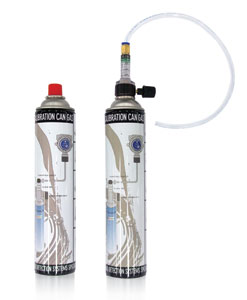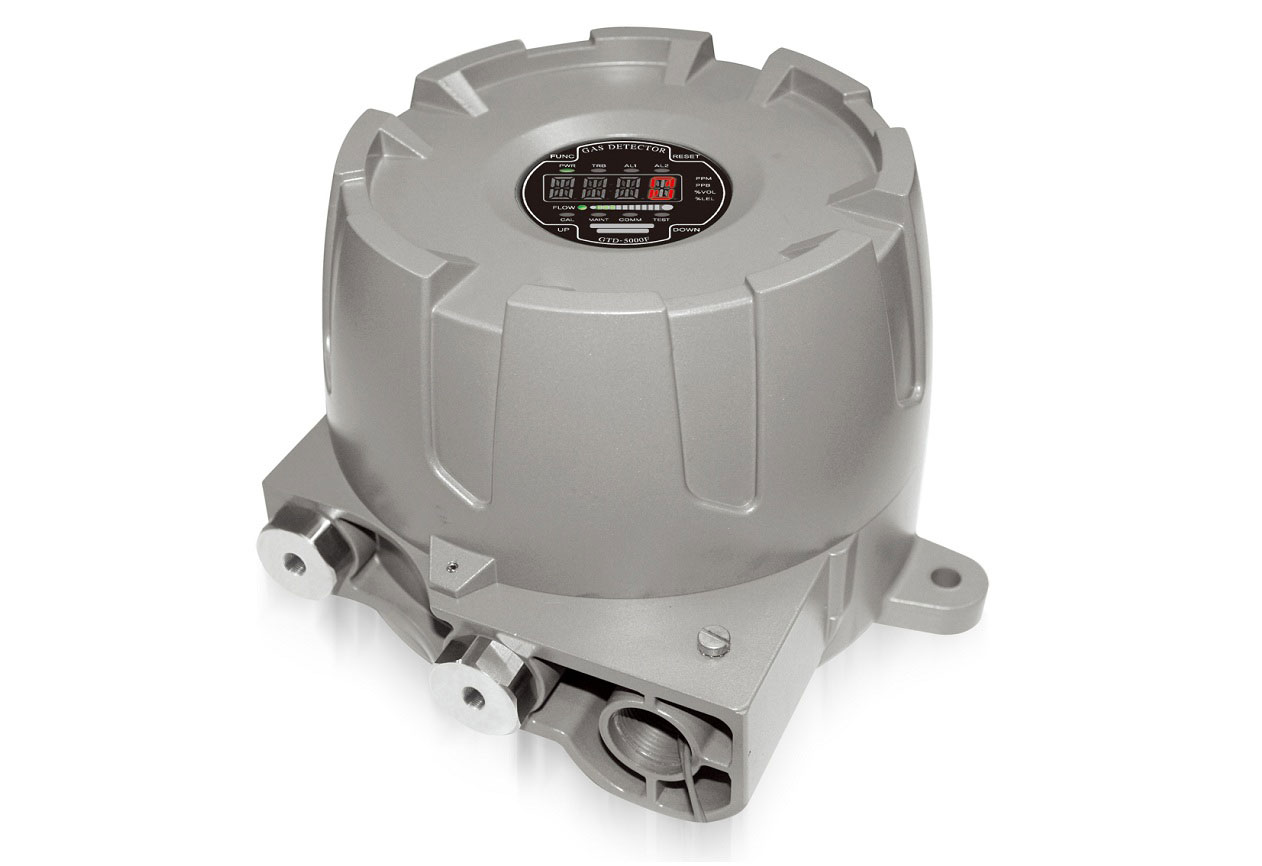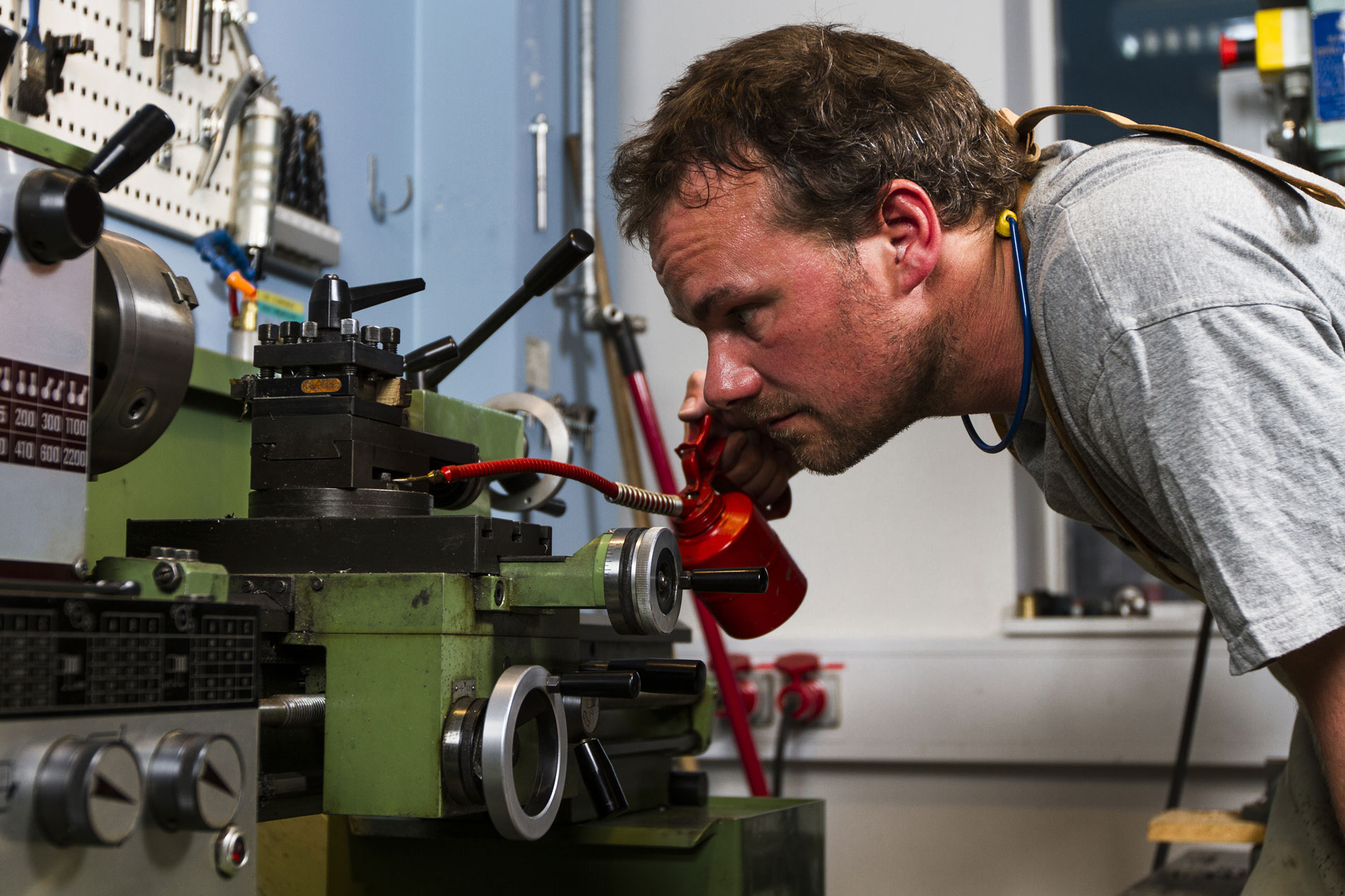Gas detector sensor is always doing catalytic combustion or chemical reaction when electrical load is applied. So, it needs periodical calibration and maintenance in order to
maintain accuracy in tolerable level.
1. Receiving alarm unit
1) Fuse (Check the joint, surface condition and whether wire is broken)
2) Power switch (Check the function of each power switch)
3) Power Lamp (Check if each power lamp is working well)
4) Power voltage (Check if normal voltage is supplied)
5) Test switch (Check if power circuit of each alarm unit is normally working by test switch)
6) Alarm setting (Check if alarm levels are set as normal ones by test switch.)
7) Alarm Lamp and Buzzer (Check if alarm lamp & buzzer are working normally at each alarm level by test switch)
8) Alarm function (Check if alarm output is surely working with check of above item 7 )
9) Reset function (Check if alarm triggered at check of items 6, 7, 8 is surely reset when pushing reset switch)
2. Gas Detection Unit
1) Appearance (Check if outside parts has no problem)
2) Wiring (Check transmitting cable, Pump power wiring, relay terminal & etc)
3) In case of suction type, check assembling condition & appearance of gas sampler, suction condition, flow rate & etc)

Calibration of Gas Detector

1) Check of rated voltage to Sensor
Check if the applied voltage to gas sensor conforms to normal value.
If the voltage is different from normal value, it might cause mal function or reduce service life of sensor
check with multi-tester) After checking of the voltage, adjust to conform to rated voltage by multi-tester.
2) Zero check and calibration
Inject zero gas (clean air or N2) to gas detector and check if indication is zero and mA output is 4 mA.
Check if indication on monitoring system is also zero.
If the indication is not zero when injecting zero gas, adjust zero calibration potentiometer to indicate zero and output 4 mA.
3) Span check and calibration
Inject standard gas (same as detecting gas or cross checkable gas) to gas detector to check if indication is same with span gas value (also output).
Also, check if indicating span value on gas monitoring system.
If indicated span gas value is not same with applied gas value, adjust span calibration potentiometer to
indicate & output span value.
4) Check of response time
Check if alarm time (from applying span gas to indication and alarming) is less than regulated time
(check it at the same time with above item)
Regulation in Korean laws ;
Response time (from detection to alarming) is less than 30 seconds when gas density is 1.6 times of
alarm setting density.
But, if this is not possible due to structure of gas detector or for some gas need more than 30 seconds
(such as Ammonia, carbon monoxide and similar gases),
the response time is less than 1 minute.


5) Check of Zero reset time
Check returning time to zero After span value indication
If this time is too long, continuous detection might be impossible.
6) Replacement of spare parts
Replace the parts proved as defected during inspection or calibration and make sure of detector to work normally.
7) Check sheet and report
After inspection and calibration of gas detection system, record the work in detail to refer it for next inspection. (history management)

